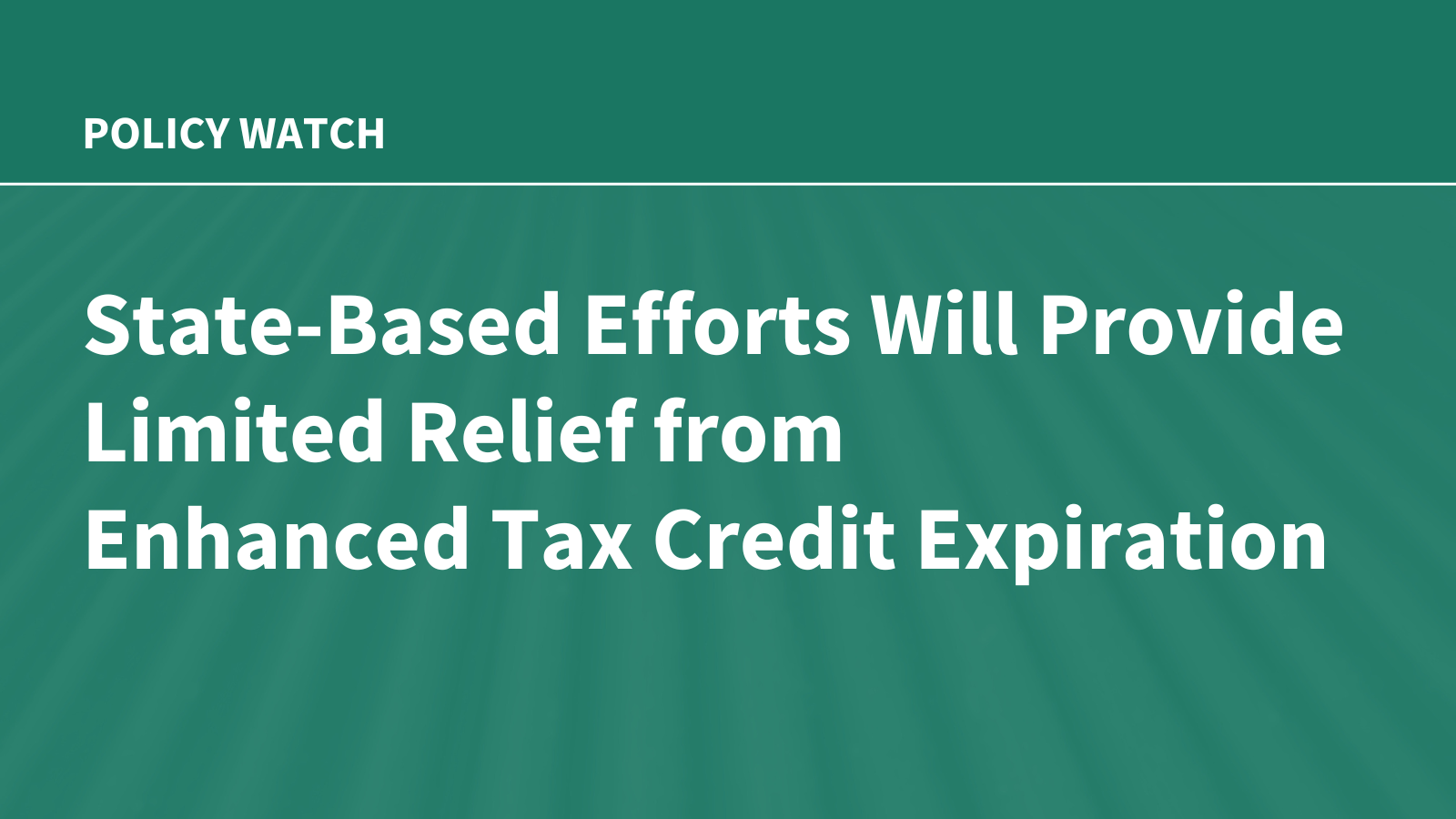Private equity firms are navigating an unprecedented storm. Exit opportunities have narrowed dramatically, cash distributions to limited partners have dwindled, markets remain volatile, and fundraising has become increasingly difficult. As firms face mounting pressure to generate liquidity from aging portfolio companies, the traditional playbook for successful exits needs a strategic enhancement.
The Current Landscape: A Liquidity Crisis in Numbers
The statistics paint a sobering picture of today’s private equity environment. According to a recent McKinsey report on private equity, the industry is confronting the biggest exit backlog since 2005, with 61% of private equity-owned companies held for over four years. Firms have a record 29,000 companies worth approximately $3.6 trillion—half of which they have owned for five years or more.
Hold times have reached unprecedented levels, with average buyout periods hitting a record high of 6.7 years versus the historical average of 5.7 years. That means there is an enormous amount of capital essentially trapped in aging portfolio companies.
The capital constraints are equally concerning. The amount of “dry powder” relative to locked-up capital sits at a record low of 35% as of the end of 2024, compared to 92% at year-end 2002. This severely limits firms’ ability to make new investments.
Market volatility and valuation mismatches have created additional headwinds. High valuations from acquisitions during the 2019-2021 low-interest rate period have made sellers reluctant to accept discounted valuations, resulting in a stalemate and buildup of aging assets within portfolios.
Private equity portfolio companies need to do more to differentiate themselves in preparation for a successful exit. This is precisely where liquidity communications becomes an essential tool. More than just a communications campaign, today’s liquidity communications is a strategic approach to investor-informed and investor-focused positioning and visibility. It builds awareness, but perhaps more importantly, it builds deal-enhancing relationships with investors, analysts, market influencers, and other private equity firms and potential strategic acquirers.
Insights and Relationships Drive Successful Portfolio Company Exits
In this crowded and challenging exit market, a portfolio company needs strategic positioning that creates demand well before a formal sale or IPO process begins. That positioning hinges on investor insights and relationship-building perhaps even more than on communications tactics.
Industry-Centric Investor Insight: Understanding how investors think about a particular sector and what drives premium valuations should inform all positioning and communications decisions. This includes identifying key metrics that matter most to investors, current valuation methodologies, industry trends, and potential diligence concerns.
Relationship Building: Systematically targeting and building mindshare and direct relationships with key stakeholders — analysts, professional investors, industry influencers, and media contacts — can influence exit outcomes. Relationships are as important as they have ever been, as evidenced by investors in today’s market environment wanting to meet 3-6 times with company management before making investment decisions. Today, having these relationships is critical for establishing credibility and trust over time.
Insights and relationships are the foundation upon which strategic company positioning is built. Positioning and messaging that speak directly to investor priorities can then be woven into awareness campaigns and proactive targeting of prospective buyers through multiple channels.
The Optimal Timeline: Starting Early for Maximum Impact
Timing is everything in liquidity communications, and the process must begin well in advance of anticipated exits — ideally 12-18 months before a sale or IPO process. This extended timeline is not arbitrary; it’s essential for creating meaningful impact on exit outcomes.
The 12- to 18-month window allows for gradual development of strategic market awareness, cultivation of key stakeholder and investment community relationships, and establishment of credible third-party endorsement. And it allows the portfolio company to grow awareness and relationships well before it is subject to SEC regulations limiting “conditioning the market” activities. Unlike traditional communications efforts that might be activated closer to a transaction, liquidity communications requires this extended timeline to build the multiple touchpoints necessary to influence buyer perception and create genuine market demand.
The extended timeline also accommodates today’s more deliberate investor approach. With investors conducting due diligence during longer evaluation periods, companies need multiple opportunities to demonstrate their business model effectiveness, proactively address any potential concerns, and build credibility by consistently delivering on predictions and expectations.
Getting Started: Comprehensive Portfolio Company Assessment
The first step in any liquidity communications program should be a thorough diagnostic review to assess the portfolio company’s current market positioning and identify gaps where focused efforts could provide value-enhancing benefits.
This assessment should include four key components:
Market Analysis: Understand what investors are looking for in the sector, how peers are performing and being valued, and identify potential issues to address proactively.
Communications Analysis: Evaluate the portfolio company’s current awareness level, alignment with investment community views on valuations, communications tool utilization, and any problematic public profile issues.
Gap Analysis & Opportunities: Clearly identify disconnects between market expectations and current company positioning, with tangible recommendations and timelines for improvement.
Relationship Building Strategy: Map the 25+ most relevant sector influencers and develop action plans for direct connection or strategic influence through targeted information sharing.
Work with an Experienced Partner
The longer the current cycle of exit challenges persists, the more pressure private equity firms will face to generate liquidity at optimal valuations. Working with an experienced liquidity communications advisor provides access to deep positioning expertise, investor insights, sector-specific knowledge, productive stakeholder and investment community relationships, market intelligence, and transaction communication experience.
As the private equity industry navigates this complex liquidity landscape, firms that embrace strategic communications as part of their value creation toolkit will be better equipped to overcome current challenges and deliver the returns their limited partners expect.
Learn more about how liquidity communications can enhance your portfolio company valuations. Download our comprehensive white paper for detailed strategies and implementation frameworks that can help your assets stand out in today’s crowded marketplace.
Publisher: Source link










